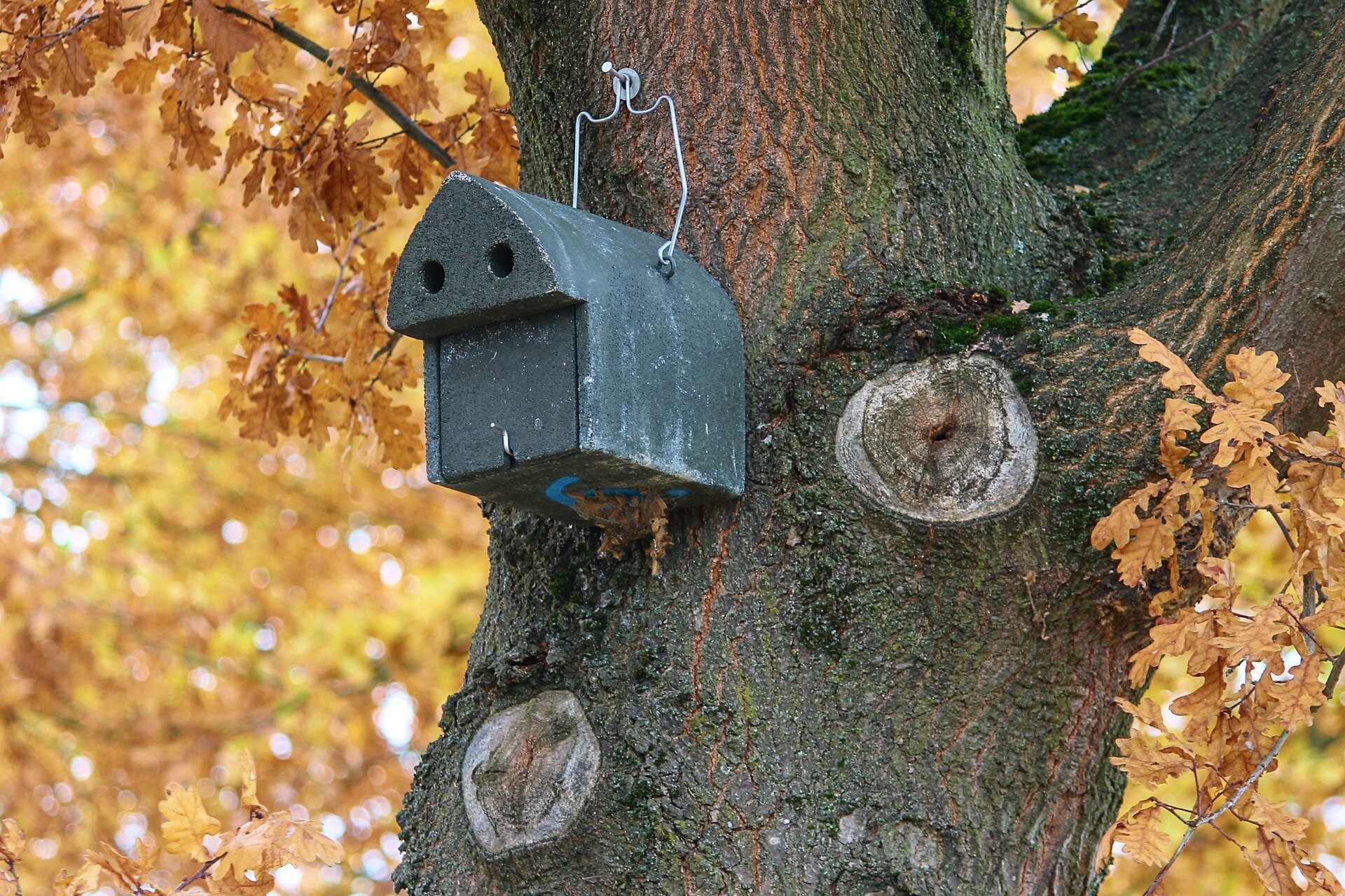Ever wondered what easy ways you can help to benefit wildlife on your development? Our Ecological Consultant, Hattie Fuller, has provided 5 simple wildlife friendly additions for your development.
Hedgehog Highways
Hedgehog
Hedgehog populations in the UK are rapidly declining and one of the reasons is due to impermeable fencing, lack of connectivity and road traffic moralities.
Creating a ‘hedgehog highway’ within your development can increase connectivity and decrease road traffic mortalities.
A simple 13cm by 13cm hole in the base of the fence is sufficient for any hedgehog to pass through and will be too small for nearly all pets. Some fencing manufacturers already produce hedgehog friendly fencing with pre-cut holes ready to install at your Site.
Gardens are important habitats for hedgehog now their traditional habitats are reducing in size and being degraded. Small holes in fencing allow hedgehogs safe passage through residential gardens where they are able to forage and hibernate.
An ecologist should be consulted on the positioning of hedgehog holes because it is important not to put holes near busy roads which could increase hedgehog mortality in your site.
Bat and Bird Boxes
Nesting Bird Box
All animals require somewhere safe to breed and shelter. Incorporating bat and bird boxes around your site is an easy way to encourage wildlife.
Integrated boxes are built directly into the walls of new houses and are subtle and aesthetically pleasing wildlife solutions. Some manufacturers of bat and bird boxes can even use the same brick-type as the main masonry.
You can discuss with you ecologist the best options for your site as there are many types of bird and bat boxes that suit a variety of different species. You should ask your ecologist to use boxes specially designed for birds and bats found locally to the Site.
Upgrade your SuDS
Sustainable Drainage Systems (SuDs) are a common requirement of new housing developments to help alleviate pressure on existing (often aging) water infrastructure in the UK.
SuDS, swales and rain gardens can be a fantastic way to simultaneously incorporate wildlife benefits to your Site whilst still providing water management for the development.
You can easily increase biological diversity by choosing to include specie rich/wet grassland. Native plant species and communities tolerant of wet and dry conditions should be used to account for fluctuating water levels. Planting should mimic plant communities that are found within natural systems in the local wetlands and marshy areas and be of local provenance. Planting design should take a naturalistic form to provide visual and ecological enhancement.
You should discuss with your ecologists and landscape architects the best solutions for your site in terms of water management and increased biodiversity.
Wildflower and Hedgerow Corridors
Wildflower and hedgerow corridors provide important connection within your Site and into the wider landscape.
Where possible hedgerows should be designed on the boundaries of development, particularly if you can connect up areas of woodland, grassland or scrub outside of your site boundary.
When designing a hedgerow you should include native species such as field maple, hawthorn, elder, hazel, guelder rose, honeysuckle, dog rose, dogwood and wayfaring tree, which produce berries, pollen and nuts that many species can feed on including, birds, insects and dormice.
Wildflowers
Amphibian Friendly Kerbing
If your site is near a known population of amphibians, amphibian friendly kerbing may be appropriate enhancement at your site.
Amphibians in the carriageway naturally follow the line of the kerb, and when they reach a gully grid they normally fall through into the gully below, where they generally die of starvation.
To prevent amphibian entrapment, a simple solution called amphibian friendly kerbing can be installed at your site, next to drainage. It features a bypass recess in the front face which the amphibians follow safely, avoiding drainage.
Manufacturers that offer this have designed the kerbing so that it can be used to replace an existing standard British Standard kerb without the need for trimming.
Additionally, frog ramps can be installed into the drainage gully so that any amphibians that do fall into it can climb out unaided.




